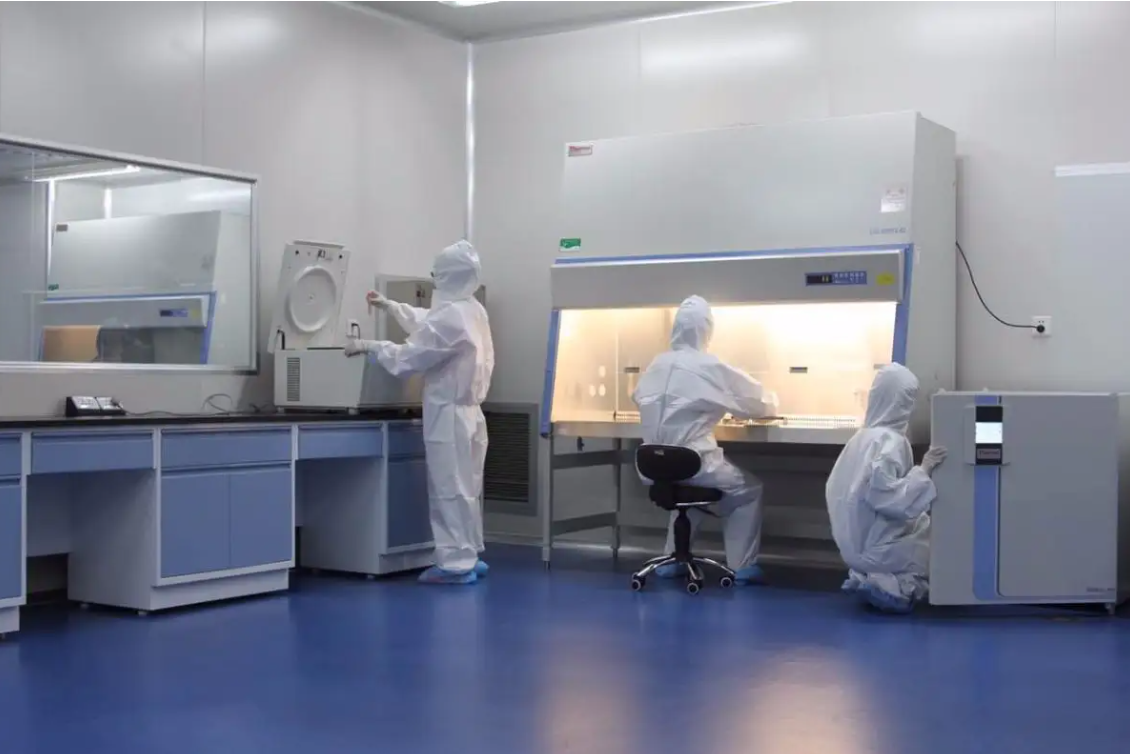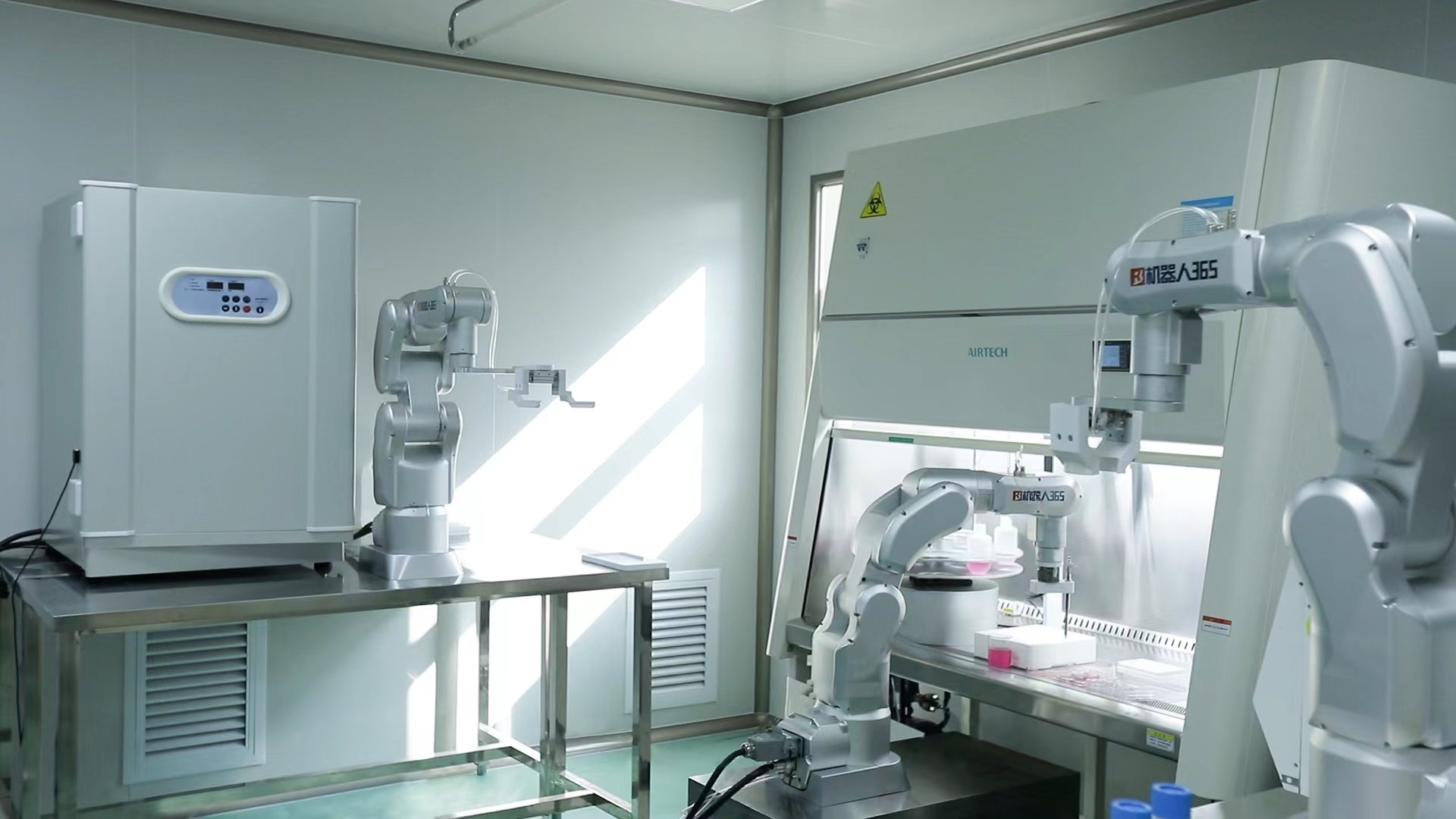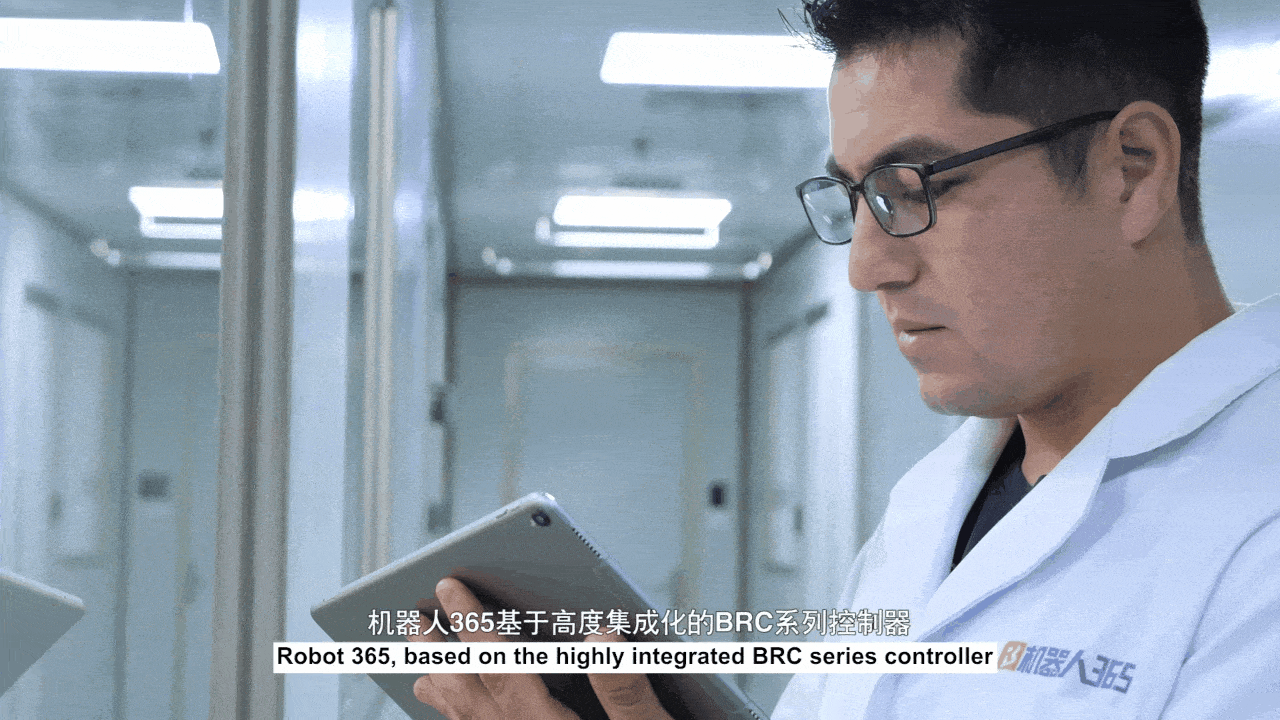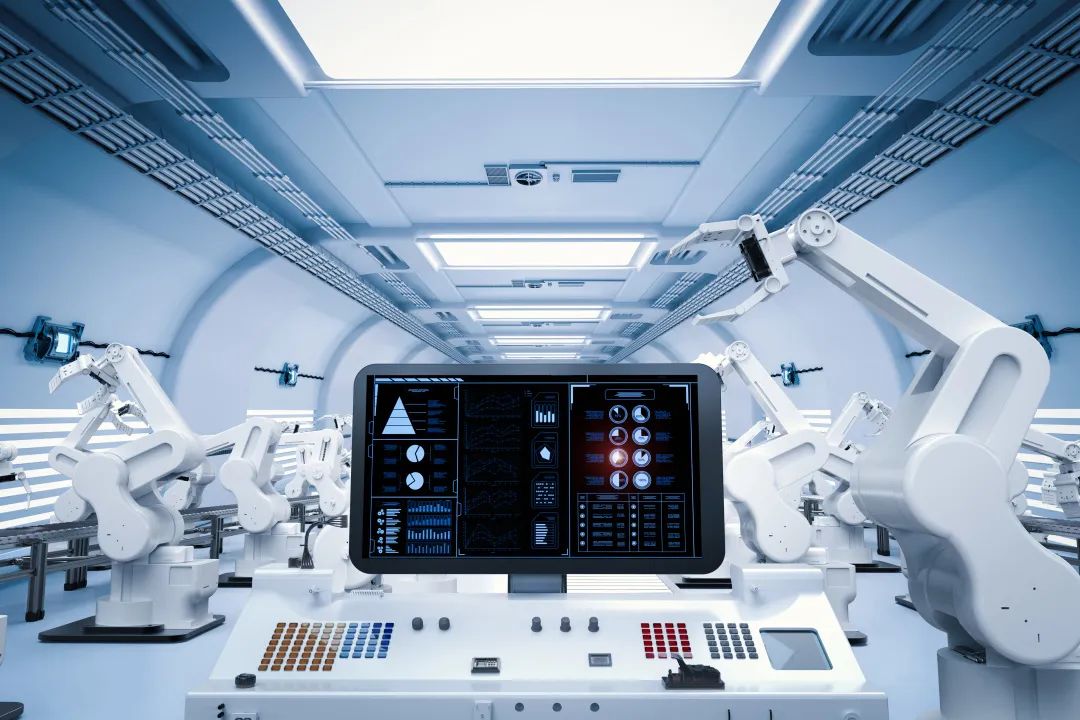Traditional laboratory management methods not only cause headaches for laboratory managers, but also interfere with laboratory research results. For example, the maintenance and management of instruments and equipment are not in place, and there are problems in the experiment; for example, there are errors and omissions in the registration of reagent consumables, and shortages and errors of consumables are found in experiments.
Moreover, most laboratories will encounter problems such as heavy tasks, time constraints, insufficient manpower, and low efficiency. At present, most of the cell cultures are completed manually according to the corresponding preparation process.
Manual cell culture involves problems such as inconsistent quality, poor stability, high chance of contamination, limited working hours, low efficiency, reliance on high-end talents, difficulty in rapid expansion, and high construction and operating costs. In addition, the process of biological experiments is very long. In addition to the real manual operation, more time is spent waiting for the experimental process, which is time-consuming and laborious.

The development of digitization and automation of domestic laboratories is relatively late, but the development speed is fast. In the early days, scientific research capabilities were expanded by vigorously purchasing instruments and recruiting teams. With the continuous emergence of innovative pharmaceutical companies, inspection and testing institutions, and the gradual improvement of laboratory infrastructure, domestic laboratories have begun to iteratively upgrade to digital and intelligent, gradually evolving from barbaric growth to intensive cultivation, from labor-intensive to brain-intensive change.

Therefore, the automation upgrade of the cell industry is an inevitable trend of the industry. As we all know, bioeconomy is a new economic form based on the development, progress and popularization of life science and biotechnology. Some institutions believe that the scale of the bio-economy market is expected to usher in a trillion-level market. Whether it is basic research and applied research in life sciences, or the birth of new changes in the field of life sciences, it is inseparable from the important changes in this scene.
Driven by the wave of digitalization, smart laboratories equipped with IoT technology have emerged as the times require. Looking at it from a general perspective, it can provide integrated hardware and software integrated Internet of Things scene solutions, which is more conducive to the integration of data and reality, and accelerates the sustainable development of smart laboratories. Among them, the "product + service" digital scenario solution represented by Bogong Technology Smart Lab, while meeting the diversified needs of users, has been recognized by the industry for its advantages in scenario and technological innovation.

The advantage of Bogong Technology Smart Lab is that it can provide "product + service" software and hardware integrated IoT comprehensive scenario solutions.
In terms of depth, relying on the continuous enrichment of IoT laboratory equipment such as biological safety cabinets, incubators, centrifuges, and ultra-clean workbenches, as well as the laboratory software management system, the smart laboratory solution created by Bogong Technology has subverted the previous The extensive state of one-way separation of people and objects in the laboratory has creatively realized the panoramic digital interconnection of samples, personnel permissions, reagent consumables, experimental equipment, and the environment. It solves many problems in traditional laboratories, such as difficult prevention and control, irregular management, multiple loopholes and low efficiency, high operating costs and long hours, etc., and provides timely, visualized, intelligent and remote laboratory management for scientific researchers plan.
Horizontally, the current Bogong Technology Smart Lab solution has been able to provide modular and customized comprehensive solutions according to the needs of different user scenarios, and has blossomed in multiple user groups such as disease control, universities, scientific research/research institutes, and enterprises.
Bogong Technology: Provide flexible and personalized artificial intelligence laboratory solutions

Integrate the hardware controller module, software and hardware system, laboratory consumables and equipment in a unified workstation to quickly respond to the individual needs of different customers, and help the laboratory to be more efficient, convenient, safe and compliant in the process of inspection, testing, research and development , so as to achieve the purpose of reducing costs and increasing efficiency.

